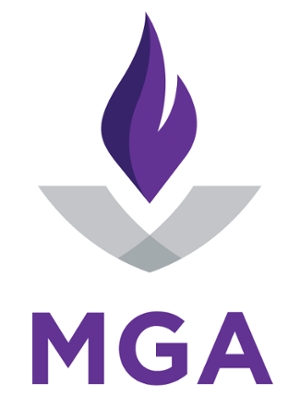11.2.1 Antivirus Policy
| Proposed: | 07/08/2015 |
| Adopted: | 08/07/2015 |
| Last Reviewed: | 07/31/2018 |
| Effective: | 08/07/2015 |
Under the leadership of the Chief Information Officer, Middle Georgia State University’s antivirus policy is available on the website.
| Proposed: | 07/08/2015 |
| Adopted: | 08/07/2015 |
| Last Reviewed: | 07/31/2018 |
| Effective: | 08/07/2015 |
Under the leadership of the Chief Information Officer, Middle Georgia State University’s antivirus policy is available on the website.
